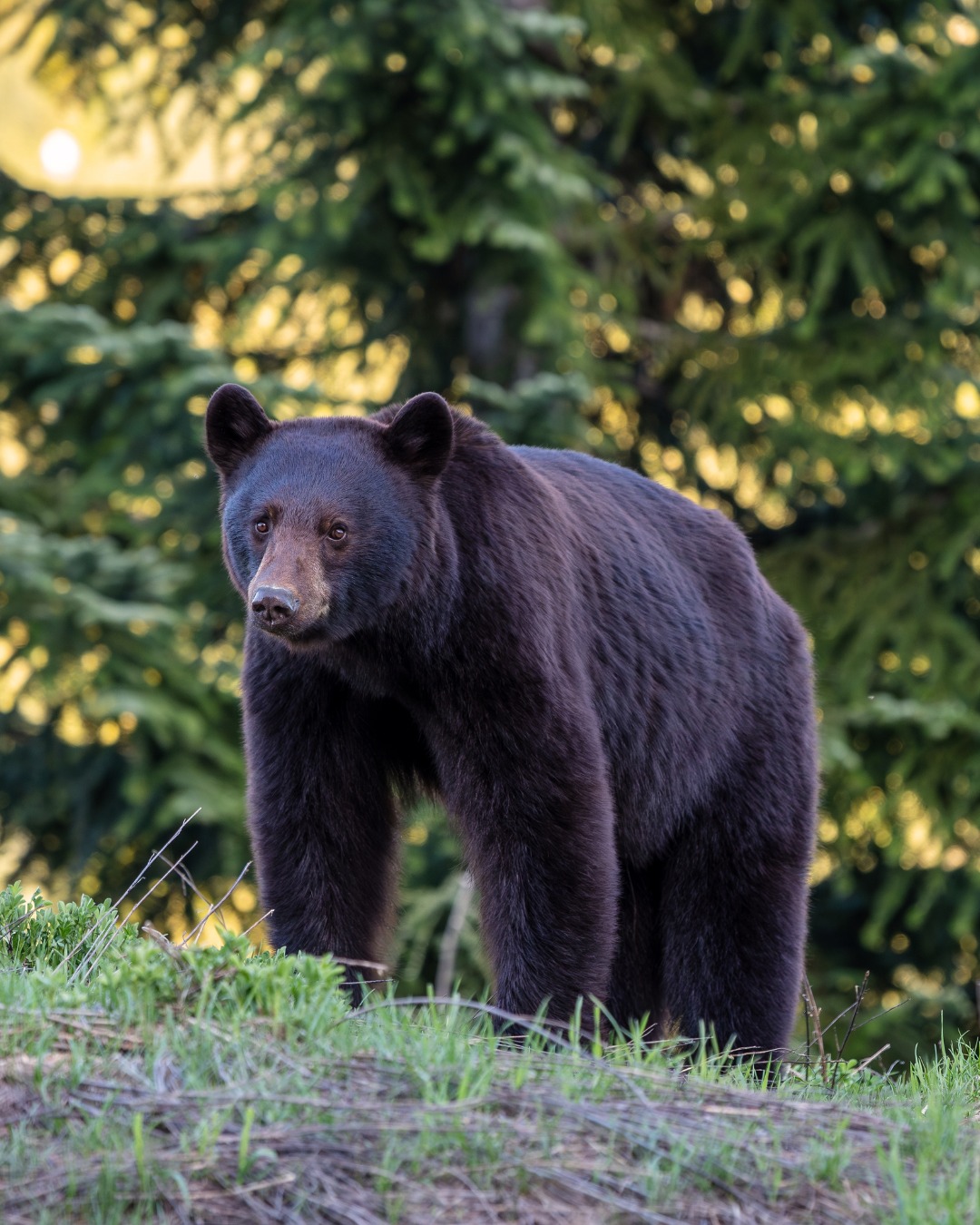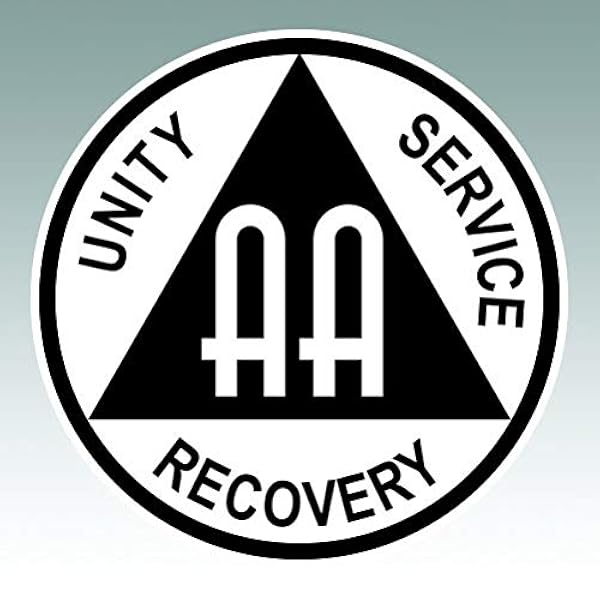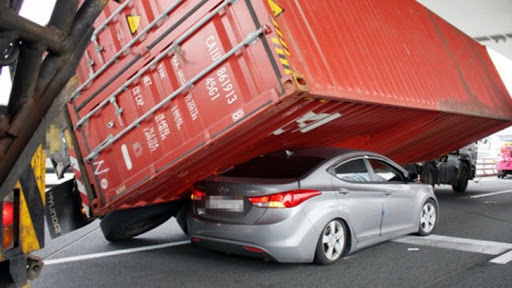Penticton — JULY 10 UPDATE – During the evenings of July 6 and 7, 2020, the BC Wildfire Service conducted successful tests of helitankers using night vision goggle technology near Penticton, which could potentially assist with future firefighting operations.
A decision was made prior to the first flight to have the helitanker (a helicopter equipped with a water tank) make drops on a small, contained campfire, since it would yield more meaningful results and allow the team to better evaluate the technology’s effectiveness.
Successes:
* Crews experimented with different water pumps to fill the aircraft’s tank. The Mark 3 pump filled the tank in about 2.5 minutes. Additional testing with other types of pumps will be considered in future to see whether they would result in faster onload times.
* Turnaround times (from loading to landing) were similar to what it would have occurred during daytime operations, although turnaround times will vary by site and conditions present at the time.
* Ground crew feedback on the drops was very beneficial, since the ground observers were at the same height as the drop targets and helps provide accurate assessments of each drop. This immediate feedback to the helitanker pilots was valuable for adjusting procedures throughout the trial to increase the test’s effectiveness.
* A number of different drop heights and air speeds were tested successfully to achieve different objectives.
Other observations:
* Filling the tank at night takes more time than during daytime operations. Experimenting with higher-pressure pumps (as well as trying out field filling sites) will help increase the amount of suppressant that can be dropped on a fire.
* Standard operating procedures for aerial supervision and helitanker interaction with ground crews will continue to be refined in future trials to ensure the safe and effective use of aircraft at night.
* The use of different lighting methods by ground crews to identify targets will also be further explored.
The next phase of the night vision trials will involve responding to an active wildfire, if possible. These trials will continue to refine operational procedures for NVG technology. The BC Wildfire Service will continue to look for opportunities to work with other vendors and test NVG technology for fire detection and other wildfire-related activities.
On July 6 and 7, 2020, the #BCWildfire Service conducted successful tests of helitankers using night vision goggle technology, which could potentially assist with future firefighting operations.
— BC Wildfire Service (@BCGovFireInfo) July 10, 2020
For more information, refer to the information bulletin: https://t.co/jZZk69dUb7 pic.twitter.com/k2do1Ir9yw
ORIGINAL STORY – JULY 5During the evenings of July 6 and 7, 2020, the BC Wildfire Service will be conducting aerial trials of night vision goggle (NVG) technology near Penticton to potentially assist with future firefighting operations.
These trials will assess the viability of using night vision goggles and helitankers (helicopters equipped with water tanks) to drop fire suppressant on wildland-urban interface fires at night. This work will expand on the night vision testing that was conducted by the BC Wildfire Service in 2019.
The tests will increase the BC Wildfire Service’s knowledge of NVG helitanker protocols, including how night procedures would differ from daytime air operations. If the results are positive and the BC Wildfire Service believes the program is worth pursuing, these trials will help guide decisions about how to incorporate this technology into the BC Wildfire Service’s firefighting activities.
The BC Wildfire Service will use two NVG-capable aircraft for these trials. Multiple helitanker “drops” will be completed in a controlled environment at an established training site, with no fires burning. Ground observers stationed outside of the drop zone will evaluate each drop for accuracy and effectiveness. Any challenges identified on the first day of the trial will allow the test team to make adjustments and modify its approach on the second day.
This is a valuable opportunity for the BC Wildfire Service to further experiment with night vision technology to drop water by helicopter, and will help its wildfire management experts develop new strategies and tactics to fight wildfires in B.C. Night vision technology will continue to be tested in 2020 to assist with fire detection, reconnaissance, mapping, and gathering information about conditions in wildland-urban interface areas.
FYI:
• Night vision goggles work by amplifying the available ambient light, making it easier for the wearer to see features that would not otherwise be visible.
• In 2019, night vision technology was tested on three trial flights over the Richter Mountain and Eagle Bluff wildfires. The goggles helped the air crew map these incidents at night and identify hotspots to assist firefighters on the ground.
• Last year’s trials were the first of their kind in Canada, and they affirmed that additional trials were warranted to further explore the capabilities of night vision systems to support wildfire suppression activities.
• Wildland-urban interface (WUI) fires are wildfires that occur in areas where grasslands or forests border on urban developments or infrastructure.






